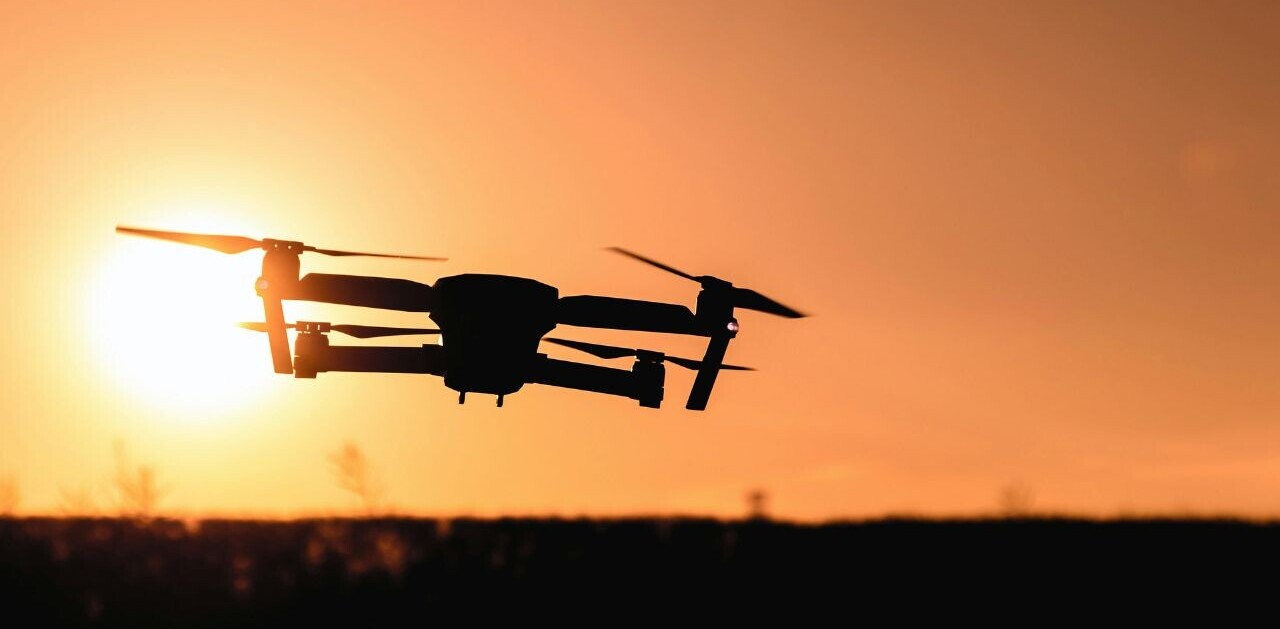
Tagwhat, the mobile tour guide has launched its first location-based publishing tool and push notifications to bring its app to a whole new level.
Already the service provides relevant information that is tethered to specific locations. Using over 700,000 Wikipedia entries as a base, users have been able to open the app to explore what is around them using their GPS location.
Now, users can publish to Tagwhat for themselves, opening up all sorts of ways to use the service as a business or a consumer.
The possibilities appear to be endless. For personal use, Tagwhat can be set up to provide a tour for say, a day out in a particular town. While planning a trip, users may search pages on the web, from their browser, using the new Tag It bookmarklet, they can then attach the information they find to a location on a map.
When they get there, the app will turn up that information as soon as the user gets close to the location. It’s a bit like Pinterest with a real world application.
Information pushed to locations
The addition of push notifications makes this an even more interesting prospect. If you have tagged a number of historical facts, interesting sites, shops to explore or even monuments and attached relevant information to your guide, a push note will arrive on your mobile device when you get near to that place.
Users can arrange their settings to suit their threshold for push notifications. Channels have already been set up so if you’re interested in art but not shopping, only the topics you like will be pushed to your phone. The frequency of notifications can also be adjusted so you’re not driven mad by continual updates.
For businesses this could be a real boost. Connecting a web presence with passing footfall is a tricky business. If your shop is tagged on the app and is chosen by users, sale notifications and special offers can be added that will show up when they get near to your premises.
Updates like this are controlled by publishers so if your special offer lasts for one week, it can be removed and replaced if required.
The bookmarklet for publishing material to the app is surprisingly easy to use. Click on the marklet, add details like an address, find it on a map and add any other notes you feel are appropriate
Almost anything can be added to the service, from literature by authors who lived in particular towns to links to Netflix queues where users can add movies to their own list as they pass locations where famous movies were made, blogs by local writers, images of beauty spots. If it is on the web, it seems that Tagwhat is working on ways to get that information to people in the right situation.
Dave Elchoness co-founder and CEO of TagWhat says that tourism boards and universities are already finding ways to make their web content available to people on site. “ Universities are great, they have thousands of videos and written content online, but when you’re on a campus, you can never find all of this when it relates to where you are. Now they can add YouTube links and attach them to locations where people can appreciate them most,” he explains.
TagWhat is free to use, but naturally the company also has to make money. It does so by selling subscriptions to publishers for branded channels.
There are ‘House Channels’ on the service that cover broad areas like art, music and sport, but businesses or brands can buy a separate channel that focuses on what they have to show, sell or promote.
According to Elchoness, the branded channels raise the profile of brands and mean that businesses can separate their material from the rest of the content on the app. Businesses can attach offers, company information or links to social sites like their Facebook pages.
Data watch
 A service like this is naturally very valuable to people who travel to different countries. If you’re visiting a place for the first time, a live guide in your pocket with your own tags that you may have planned from home is a neat way to remind yourself about the things you don’t want to miss.
A service like this is naturally very valuable to people who travel to different countries. If you’re visiting a place for the first time, a live guide in your pocket with your own tags that you may have planned from home is a neat way to remind yourself about the things you don’t want to miss.
That said, the data charges for continuous push notifications are enough to give the average mobile user heart-failure. Elchoness recognises this problem and has been charged $3000 in the past for keeping his data flowing on a trip to Amsterdam.
“Now that we are pushing content to people we are working on ways to plan for this,” he says. “We hope to create a way to set a radius for downloading tags. So, when you are at your hotel using the wifi, you can download a lite version of the information you need and then use it without a connection.”
This feature is still in planning and it won’t be the full data to download as that’s too much for a mobile device. But it’s something that will doubtless appeal to anyone who could do with a guide to glance at but doesn’t want to be stung by their provider.
Based in Boulder, Colorado, Tagwhat was founded in 2009 by Elchoness Elchoness, Donald Cramer and Angus Shee.
With items like Google Project Glass on the horizon, it’s possible that TagWhat is the data bridge across the gap between past augmented reality apps that failed to take off and a future of heads up displays.
For now, through the new publishing tool, the company hopes that the amount of information available to the users will quickly expand. It seems that creating guides for business or pleasure just jumped into the mobile real world and that the limits are only bound by what is available on the web and the publishers’ imagination.
Image Credit: Juggernautco
Get the TNW newsletter
Get the most important tech news in your inbox each week.





